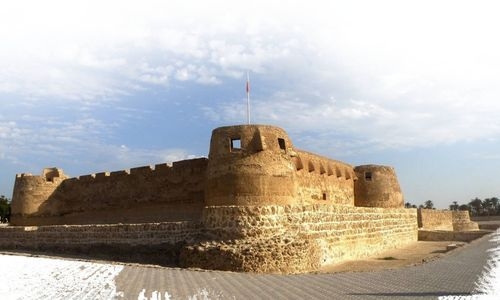Debris at Bahrain Fort from an earlier restoration: BACA
TDT | Manama
The Daily Tribune – www.newsofbahrain.com
The Bahrain Authority for Culture & Antiquities clarified yesterday, in a statement, that it is well aware of the damages to the Bahrain Fort and has assigned a team of international experts to evaluate them. Bahrain Fort, also known as Qal'at al-Bahrain or Portuguese Fort, has a history dating back to more than 5000 years and provides valuable insight into the Copper and Bronze Ages.
The structure provides an outstanding example of the might of Dilmun, and its successors during the Tylos and Islamic periods. Explaining the damages, BACA said the debris currently lying at the fort had fallen from a previous restoration work held in the 1990s.
The authority said a team of international experts are working to develop a plan for the restoration of the fort. "Preliminary works are ongoing to evaluate the current state of the castle building using modern technologies, including 3D laser scanning," BACA said.
"Efforts are also progressing to analyse the strength of the structure and the extent of damages. "We are also investigating to identify the factors that led to the falling of the outer walls of the castle. BACA said a team of experts are constantly monitoring the historical structure. Experts point o u t t h a t the present-day fort was built around the sixth century AD. The first excavation at the site was carried out by a Danish archaeological expedition led by Geoffrey Bibby between 1954 and 1972 on behalf of the Prehistoric Museum of Moesgaard.
Beginning in the 1970s, a French expedition from the National Centre for Scientific Research worked the site. A b o u t 50 tablets were uncovered. Three of them were dated to the reign of a Kassite king named Agum, believed to be Agum III. Since 1987 Danish and Bahrain archaeologists have excavated at the site. The Danish expedition revealed that it was also a notable Hellenistic site.
Related Posts

